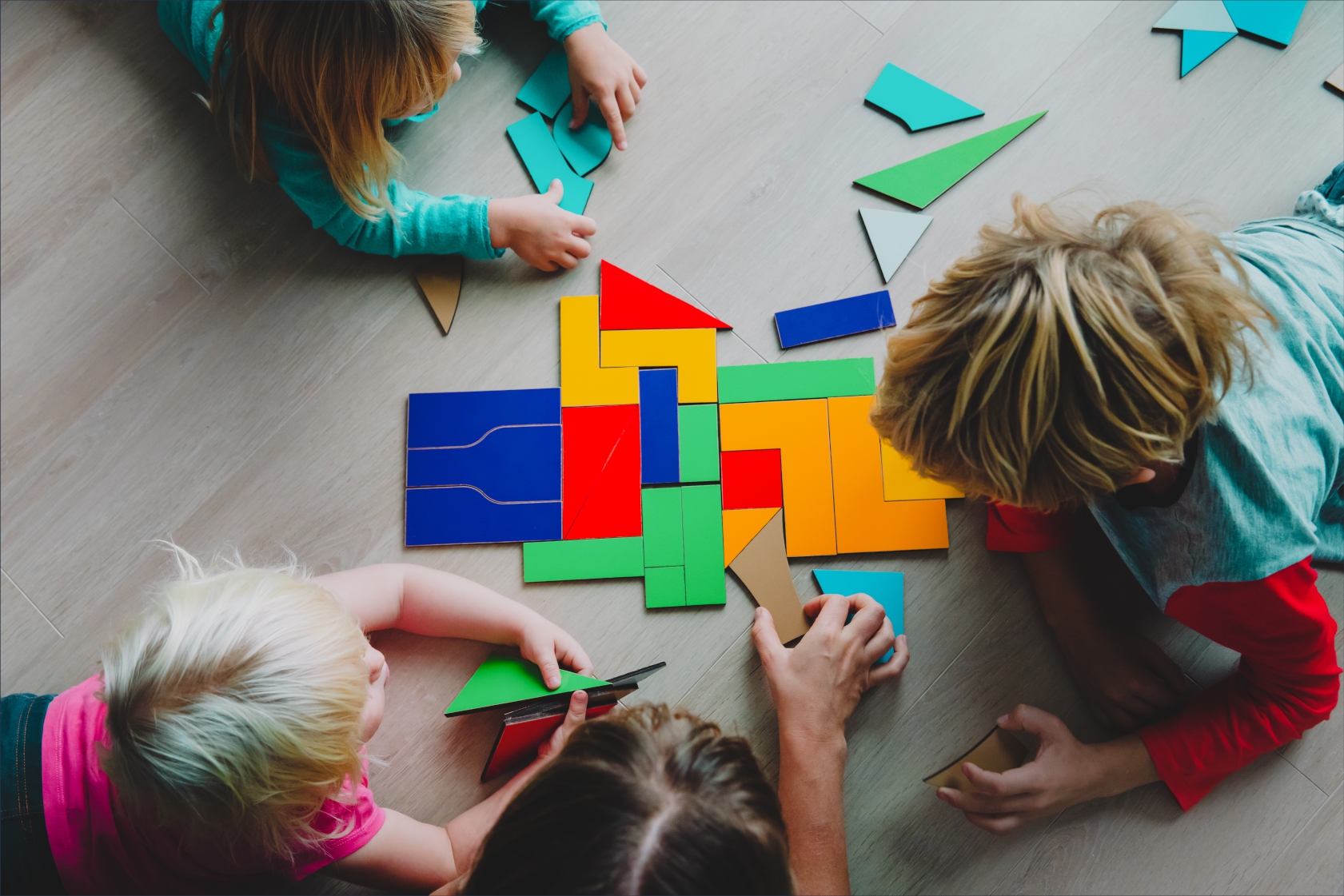Making math enjoyable is ideal for driving learner engagement. I had a chance to speak with Federico Chialvo, who shares this passion and is on a mission to spark joy in mathematicians of all ages.
Briefly tell us about your career/experience in education.
I knew I wanted to become a teacher by the time I finished high school, because as a Latinx immigrant, “English Language Learner” with ADHD and Dyslexia I had first hand experience about how hard it could be to navigate the school system, and I could point to a handful of teachers that made all the difference in me making it through my K-12 experience. I wanted to dedicate my life to making education work for those who, like me, weren’t being served equitably.
Over the past 20 years I have worked as an educator in a wide variety of environments, as a teacher in all grades K-12 and in public, private and international schools. Most recently, I served as the Director of Mathematics at Synapse School, a project-based K-8 independent school that integrates SEL throughout the curriculum, where I had the opportunity to build a math program focused on providing all kids with a rich and joyful experience of mathematics.
I took the 2019-2020 school year off to be a “stay at home dad,” and found Joyful Mathematics in hopes of sharing math games and toys that spark joyful math moments. During that year, I also worked as a curriculum writer for Illustrative Mathematics. When the pandemic hit, I had to extend my time away from the classroom to tend to our children. However, last month I started a new job working as a Curriculum Designer at Dreambox Learning, which is an online platform that seeks to ”change the way the world learns by inspiring all students to think differently about math–and love it.”
How did you decide to dedicate your efforts to math?
It’s hard to pinpoint how I decided to dedicate my efforts to math, because it feels like my whole life pointed to that choice.
I had a tumultuous relationship with mathematics growing up. One minute I thought I was good at math and enjoyed it, and then I’d hit a wall and feel completely lost. My mathematical abilities were probably hidden or misunderstood in part due to being 2 grade levels below in reading and coping with ADHD. One year I’d be in remedial math classes, then in GATE, then back in regular math class, only to be put back into the accelerated track. I failed a semester of math in high school, only to take two courses the following year to make up for it. Meanwhile, my father, the biophysicist, would blow my mind at home or in his lab with conversations about fractals and chaos theory.
Despite all my struggles with math in school, I made it through to college with a hint of the beautiful structure that lay behind the cold and rigid way mathematics was taught.
I was lucky enough to take a few math classes in college that reaffirmed the joy and wonder inherent to mathematics. It was in diving into the deep well of pure mathematics that I discovered the profound beauty, creativity, and wonder mathematics had to offer. I was awarded an NSF undergraduate research grant for my research into a simple proof of the four-color theorem, and for a brief moment, I even considered becoming a research mathematician.
Just as I was entering my senior year, I was offered the opportunity to design and teach a project-based seminar class at City High School. From the moment I saw a student’s mathematical identity flip from negative to positive, I was hooked. I felt like I could make an impact, by helping students foster a positive relationship with math. That’s been my main focus ever since!
Why is it important to learn math throughout education?
On the one hand, mathematics is extremely useful because mathematical thinking helps us communicate, remix, and debate ideas. It also can be helpful in some lines of work or in general life.
Math can enrich conversations about our world, whether you’re exploring science, social justice, or public policy. Also, math plays an important role in being an informed citizen that can think critically about data and information and act accordingly.
My favorite reason, however, is merely because it is one of humanity’s most ancient art forms, and when we learn about the beautiful world of mathematics our lives are enhanced.
What is the most common misconception about math?
There is a common misconception that mathematics is only about numbers, doing quick calculations, and there’s only one way to do it.
On the contrary, mathematics has a beautiful web of ideas that are interrelated, it’s creative, and there are many different ways to do mathematics and shine through mathematics. Some of the most brilliant mathematicians are “slow” thinkers, visual thinkers, and divergent thinkers.
How do teachers create a joyful environment for math?
Open up mathematics! Curate experiences that give students agency, let them tinker, make mistakes, fail and try again.
Find ways to have your students be surprised by mathematics, to notice patterns and wonder how and why things work.
Center student thinking by giving them the time to work through their thoughts, and creating a safe space to share ideas in their raw and sometimes incomplete forms.
Expand the notion of what is considered mathematics. Puzzles and games can be a great way to spark joyful math moments, but so can learning a little bit of graph theory, topology, coding, etc.
What are some tools you use/have developed to engage learners in the math process?
I love to curate a tool rich environment for students, anything that helps students play, tinker or create with mathematics.
Physical manipulatives have the power to disarm even the most math-averse students, and give them time to sit with concepts. For example, classic pattern blocks, which are actually surprisingly versatile, I’ve used them to explore mathematical concepts ranging from preK-12th grade. Omnifix cubes are such a treat, it’s like Minecraft you can hold in your hands. For learning place value, base-10 blocks, as well as alternate base blocks like base-2 and base 5. For those learning algebra, Lab Gear or Algebra Tiles are fantastic.
My favorite digital tools are ones that increase student’s access to mathematical wonders. Some of my favorites include Desmos, Geogebra, Mathigon’s Polypad, Scratch, and of course Dreambox.
I’m also a big fan of the 3-Act Math lesson structure, and building in math talk routines into a daily practice, because they center students’ voices and thinking.
Finally, I believe game-based learning can play a big role in our learning experiences. I’ve used games like Catan and Set in my math classroom, and have even created dozens of games over the years to teach a variety of concepts. Recently I published a board game called MULTI, which helps students learn their multiplication facts as well as the structure of multiples and factors. MULTI was the culmination of a decade of playtesting with kids.
Is there anything else that you would like our audience to know about math (perspective, tips, tools, etc.)?
I’m on a mission to rebrand mathematics, in hopes of sparking joyful math moments and expanding the notion of who and what is mathematical. I believe mathematics has something for everyone to enjoy, and mathematics can gain something from everyone who engages with its beauty!
To learn more, visit our website joyfulmathematics.com or follow @joyfulmathematics on instagram.
About Federico:

Federico Chialvo is a curriculum designer for Dreambox Learning and the founder of Joyful Mathematics. He holds a BS in Mathematics and a Masters in Education from the University of Arizona and has been an educator for 20 years as a teacher, administrator, coach, and curriculum designer. Federico specializes in designing authentic experiences of mathematics through project-based and problem-based curriculum and has a passion for developing games and toys that spark joyful math moments.












